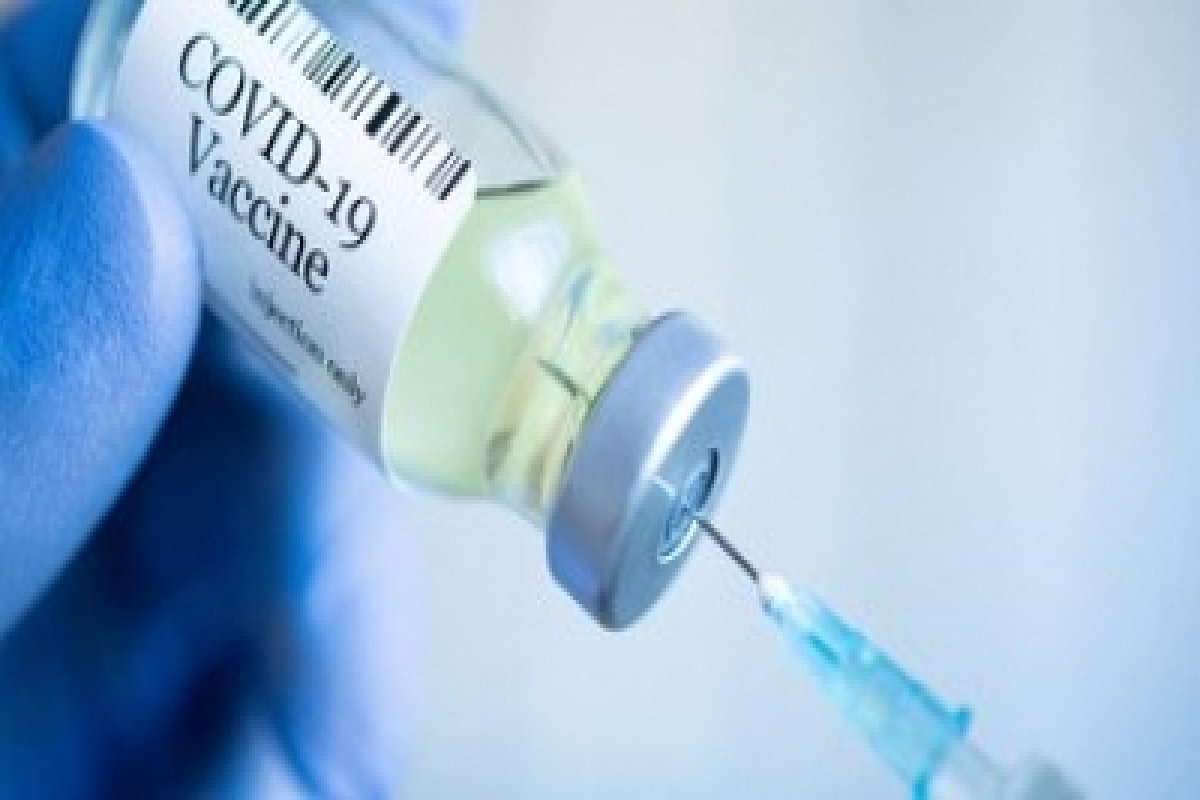Policy balance
The recent appointment of Sanjay Malhotra as Governor of the Reserve Bank of India (RBI), replacing Shaktikanta Das, signals a pivotal shift in India’s monetary policy dynamics.
As per the report, it is not clear whether the results simply support previous findings that PCR tests are inherently more sensitive, or if the lateral flow tests are less accurate at detecting Omicron.

Photo: IANS
Lateral flow tests may be less effective at detecting Omicron even when people are at their most infectious, a US real-world study has found.
According to the Daily Mail, researchers at the US Covid Sports and Society Workgroup examined lateral flow and PCR test results from 30 people working in offices where there had been an Omicron outbreak in December.
Advertisement
It took an average of three days longer for people to test positive on a lateral flow test, which gives results in as little as 15 minutes, after their infection had already been confirmed on a PCR test, they found.
Advertisement
As per the report, it is not clear whether the results simply support previous findings that PCR tests are inherently more sensitive, or if the lateral flow tests are less accurate at detecting Omicron.
Neither of the lateral flow tests brands examined — Abbott BinaxNOW and Quidel QuickVue — are used in the UK.
And British health chiefs have insisted the swabs dished out across the country can spot Omicron just as well as they can detect other variants.
But their US counterparts have warned that early evidence suggests they are less sensitive to the mutant strain, meaning they may incorrectly tell more people they are not infected with Omicron compared to the number of false negatives they dished out for other strains.
The study was published on the preprint website Medrxiv and has not been peer-reviewed.
Advertisement